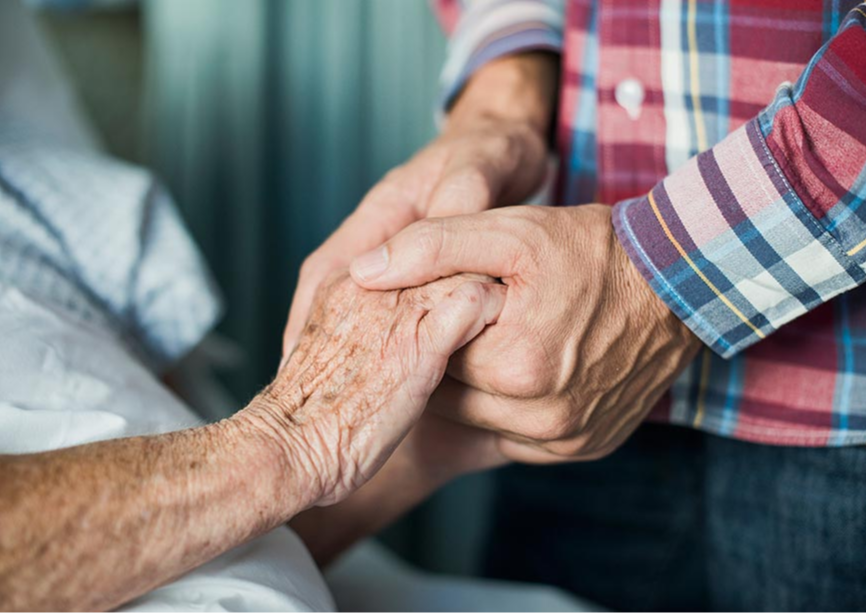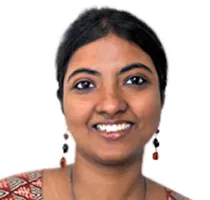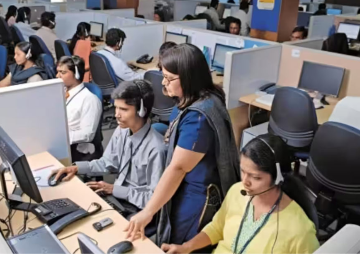
This essay is part of the series: World Health Day 2024: My Health, My Right
A lot is being written and spoken about India’s great demographic dividend but the country is undergoing another important demographic change quietly which seldom finds mention in public discourse. With rising life expectancy and declining fertility rates, the share of older persons is quietly growing in India. According to the India Ageing Report 2023, there are 149 million persons aged 60 years and above, comprising about 10.5 percent of the country’s population. This figure is likely to double by 2050. Within the elderly, the population of the oldest-old i.e. persons above 80 years of age is also growing. In 1950, the share of the oldest-old was 0.4 percent in 1950; which doubled to 0.8 percent in 2011 and is estimated to reach about 3.3 percent by 2050.
A substantial part of the rural elderly, particularly elderly women, are barely literate, have little or no savings, and are completely dependent on their families for their financial as well as other needs.
While the political class often touts India’s youthful population as an economic asset, is the country prepared to provide quality healthcare and economic and social support for the rising elderly population? Unlike the West, in India, 40 percent of the country’s elderly are in the poorest quintile and about 18.7 percent of them are living without an income. Also, nearly 70 percent of the elderly are living in rural areas and given the higher life expectancy of women at 60 and 80 years of age, the country is also witnessing a process of feminisation of the growing elderly population. A substantial part of the rural elderly, particularly elderly women, are barely literate, have little or no savings, and are completely dependent on their families for their financial as well as other needs. The rural elderly also suffer from severe caste and class-based discrimination. Old women, particularly widows, continue to face gender-based discrimination making their position extremely vulnerable.
While the urban elites, especially those located in the metropolises, have better access to health services, the majority of India’s elderly population in the hinterland lives without access to even basic facilities. A rising population of elderly women and widows poses severe challenges to old age support and care in India where health policy has typically focused on maternal and child care, with much less emphasis on geriatric care. The majority of the support and care for the elderly in India traditionally came from their children. However, things are changing fast. With children migrating for education and jobs, the breakdown of the joint family system, and rising individualisation, the proportion of the “left-behind” elderly is rising rapidly. According to reports, 6 percent of individuals aged 60 years and above live alone, while 20 percent live only with their spouse without the presence of their children. This number is likely to increase significantly in future posing a massive challenge for household-based informal care-giving for the elderly. Moreover, for a significant share of the low-income households struggling to make ends meet, health needs of the elderly often become a huge financial burden which they can’t afford. There are other disadvantages of a system which relies exclusively on the family care system. For instance, there has been a steady rise in cases of elderly abuse in India as well. According to Help Age India, 25 percent of elders face abuse by their own families with sons and daughters-in-law being the main abusers.
A rising population of elderly women and widows poses severe challenges to old age support and care in India where health policy has typically focused on maternal and child care, with much less emphasis on geriatric care.
India urgently needs to scale up investments in formal institutionalised care for the elderly. The first step should be to reduce the dependence of the elderly on their family members through a stronger pension and social security system and the provision of better healthcare facilities, particularly in villages and tier 3 and tier 4 cities of India. This is particularly important in India because of the high economic dependency of the elderly. A large proportion, nearly 33 percent, of the older women have never worked and don’t have any income. Only 11 percent of the elderly men receive pension from their previous work and 16.3 percent receive social pension whereas only 1.7 percent of the older women receive pension from their previous work and 27.4 percent receive social pension. A recent NITI Ayog report on senior care reforms in India mentions a range of actions to ensure the financial empowerment of the elderly such as increasing the coverage of public funds, reskilling the elderly, mandatory savings plans, reverse mortgage mechanisms, and tax and GST reforms on senior care products.
Secondly, India’s current healthcare system needs to develop a holistic geriatric care model which is designed to suit the specific needs of the vulnerable sections such as old and widowed women, older persons living in poverty, without any assets or income, and those who are completely dependent on family members. India’s current health model has disease-specific programmes but the country lacks a comprehensive elderly care programme which takes care of all chronic problems common in old age including mental health problems. Experts Chetanya Malik, Shilpa Khanna, Yogesh Jain, and Rachna Jain argue that elderly health must be approached in a way that is similar to maternal and child health i.e. focused on improving physical, mental, and social well-being and providing long-term care for chronic health problems like diabetes, heart disease, arthritis, and hypertension at the same time.
India’s current health model has disease-specific programmes but the country lacks a comprehensive elderly care programme which takes care of all chronic problems common in old age including mental health problems.
Thirdly, India needs to prioritise the training of health care professionals—geriatricians, physiotherapists, nurses, etc. as the country currently lacks resources, a skilled labour force, experience, and expertise in addressing the health needs of the elderly. While some progress regarding short-term care such as crèche facilities have been developed for children, similar facilities need to be developed for old persons as well, particularly in rural areas and smaller towns and cities. Lastly, geriatric health awareness in India is extremely poor which calls for more awareness campaigns which provide information on available services and educational programmes to sensitise the public on the problems that older persons face and how to provide them with better care.
Malancha Chakrabarty is Senior Fellow and Deputy Director (Research) at the Observer Research Foundation
The views expressed above belong to the author(s). ORF research and analyses now available on Telegram! Click here to access our curated content — blogs, longforms and interviews.




 PREV
PREV



